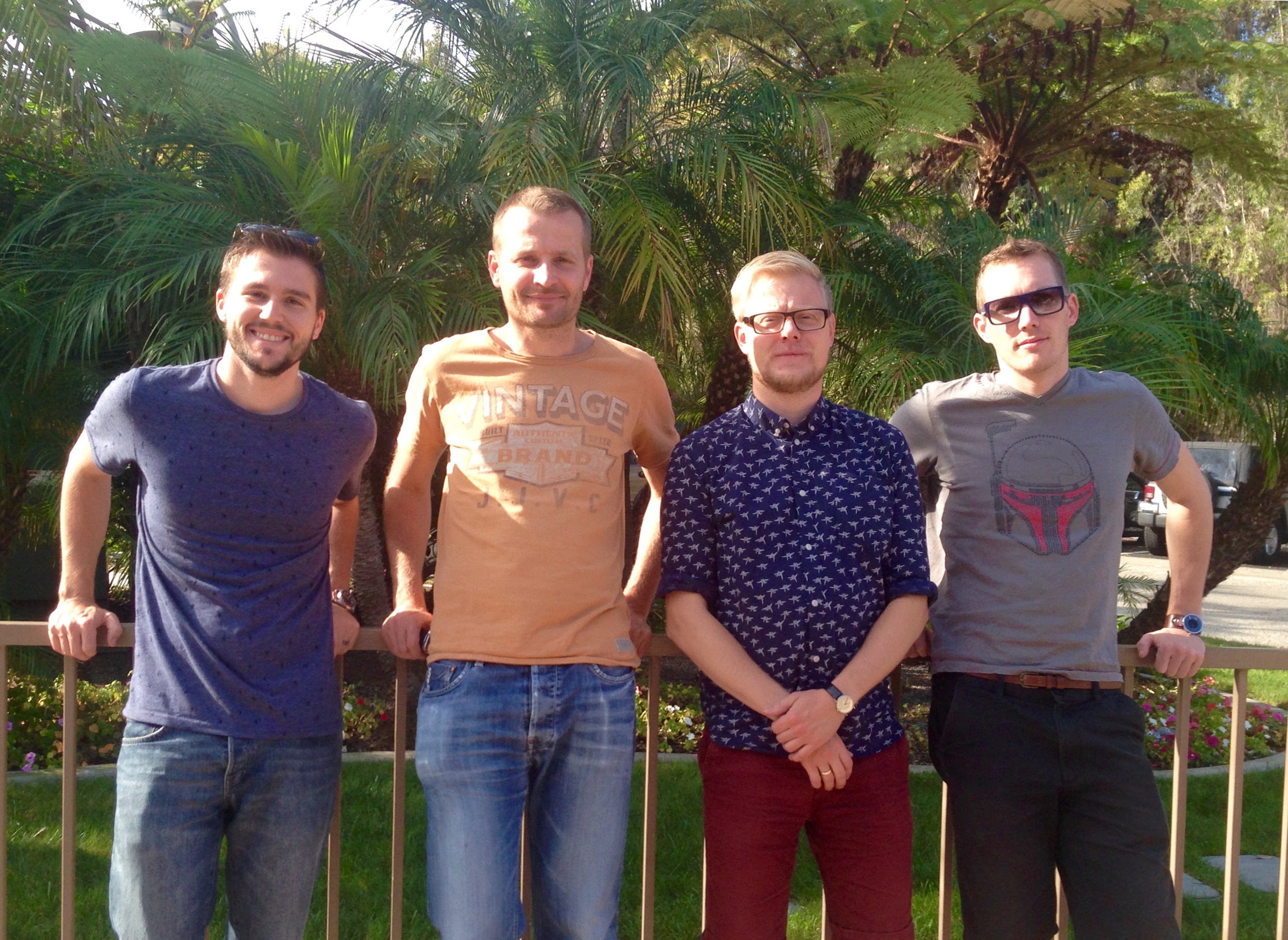When exposed to low temperatures, many insects lose ion homeostasis, develop cold-induced injuries and die. Because low temperature performance is a key determinant of insect geographic distribution, understanding the mechanisms underlying this loss of ion balance is likely to be essential to developing predictive models of insect responses to climate change. Until now, however, it was unclear how ion homeostasis may be altered to improve cold tolerance, and how such alterations could be linked to extreme cold tolerance strategies.
In collaboration with colleagues at Western University and York University, I first demonstrate that species of the model insect genus Drosophila suffer a loss of ion balance at low temperatures, suggesting that the models developed for crickets and locusts apply to most insects. We then show that more cold-tolerant flies (both cold-acclimated individuals within a species, or more cold tolerant species) have altered hemolymph sodium balance and sodium pump activity.
Finally, we show that even if flies have reduced hemolymph cation concentrations, they maintain approximately similar hemolymph osmolality, presumably due to the accumulation of compatible osmolytes. This hypothesis is consistent with accumulations of small concentrations of carbohydrates and polyols in response to cold exposure in Drosophila, and allows us to hypothesize a mechanistic route for the (repeated) evolution of freeze tolerance and freeze avoidance.



